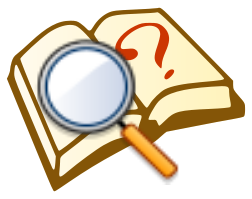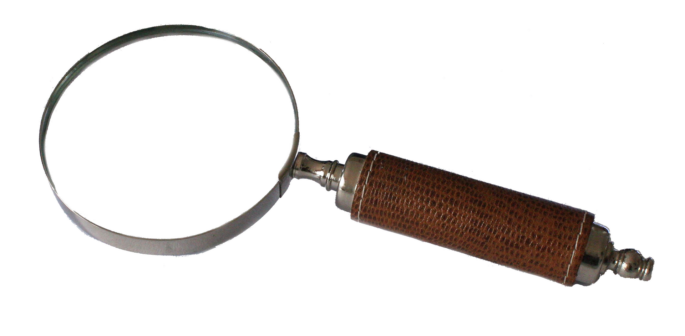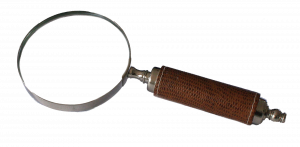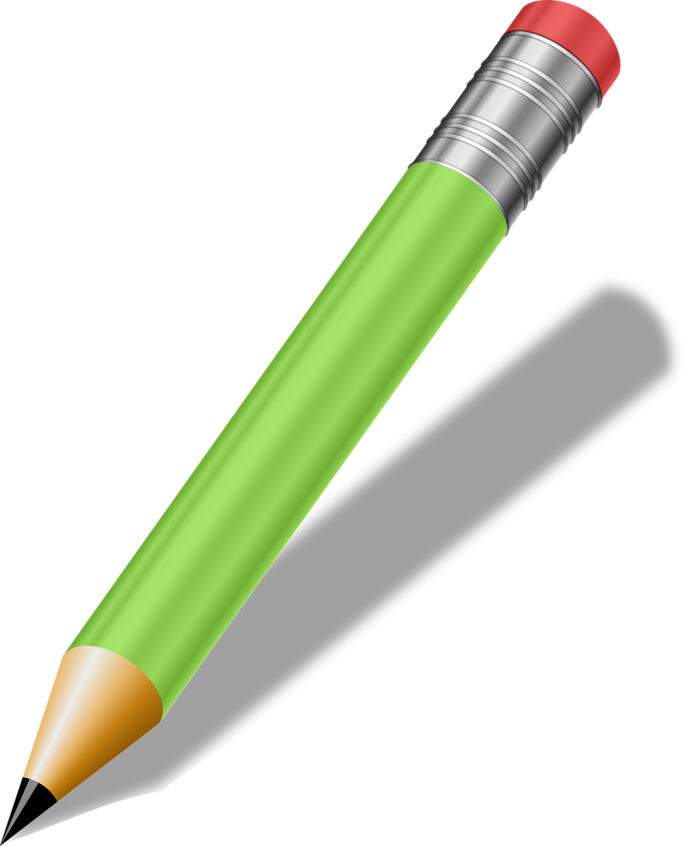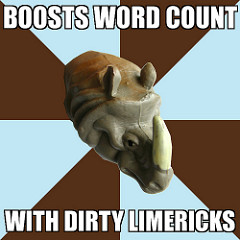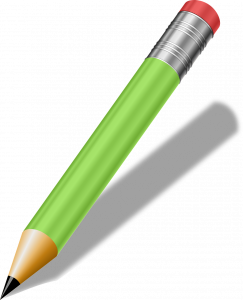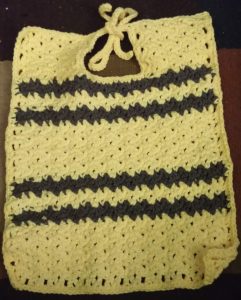With your rough draft done, the next steps are all sort of intermixed. There are a number of steps you need to do before you even go to an editor. I know you’re saying but isn’t that what I pay the editor to do? Editors are expensive. The cleaner your manuscript the better.
First steps for me are a spell check, search for commonly overused words (I have a list), and reading through. These are big steps (mostly) that take time.
First thing – do a spell check. Take the time to look up the rules / errors your word processing file shows you. FYI – the word processor is not always right.
There are a bunch of websites which will help you analyze your writing – some for free and some cost. Grammarly https://app.grammarly.com/ is the one most often discussed. I’ve used it peripherally. It seems acceptable though I think you need to have a good knowledge of grammar to know whether you should accept or reject the appropriate corrections. It works very like MS Word’s spell / grammar check.
Analyze My Writing is another site http://www.analyzemywriting.com/ You copy and paste your writing sample into their software and click on different buttons like basic text statistics, common words and phrases; readability; lexical density; passive voice; and cloze test. The most useful of which is the passive voice. I’ve not used this a lot but when I tried the common words and phrases it didn’t work.
Slick Write is another such site https://www.slickwrite.com This one intrigues me. I’ve played with it a little bit. Across the top it has features; structure; quotes; vocabulary which all give analysis but along the side it has another set of tools all of which help you analyze your writing.
Another option to look at is to find what words you use the most – frequency of words or phrases appear in your document. Write Words out of the UK has a tool http://www.writewords.org.uk/word_count.asp You paste in your text and press a button and it tells you. Now obviously words like the, a, and are going to be more frequent. In general, you don’t want to use the same words to describe things. Now if you have a character who has a catch phrase – like “Sweet potatoes” obviously you’ll take that into account.
Once you have this analysis on your writing, you use it in editing to improve your writing. Rarely do I catch the words I overuse when I’m writing my rough draft – it’s always during the editing phase.
When I do my searches for overused words, I highlight them (I use Word and you can search and replace words with highlighted words) so when I do my paper edit I can reword (hopefully) to reduce the number of times I use my list.
For my first novel, I didn’t have that list of words. In fact, I didn’t know any of this so my first novel could use a rewrite. This is meant to give you a leg up to use a tool like those I talk about above (and there are MANY more) to help you produce a better book.
I’ve been self-publishing for four years. When I read my first books, I sort of cringe because my editing procedures were not as good or as well developed. Even now, I’m looking at the tools above and thinking I should add in one or maybe two of these to see what the different sites catch. It probably needs to be one of my steps I do habitually.
The last step is a read through. I have to have mine on paper. I can do a read through on the computer but I find I don’t catch as much. With it on paper, I take more time, catch more things, and rewrite more. This is what works for me. Maybe you read better on your phone or the computer. Maybe you have to do a headstand… okay maybe not. My point is you have to do what works for you. Find out when you are most edit conscious and how you can catch those quirks you don’t like in your writing.
If you have a writing question you want answered or discussed, use the contact form to let me know.

